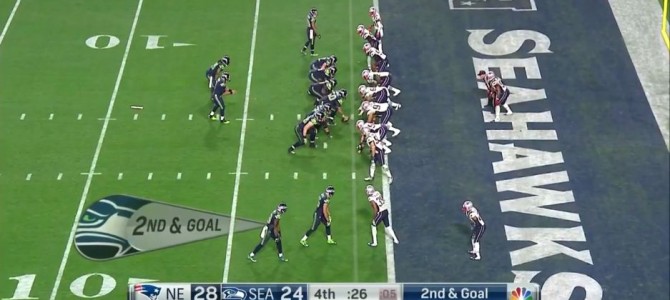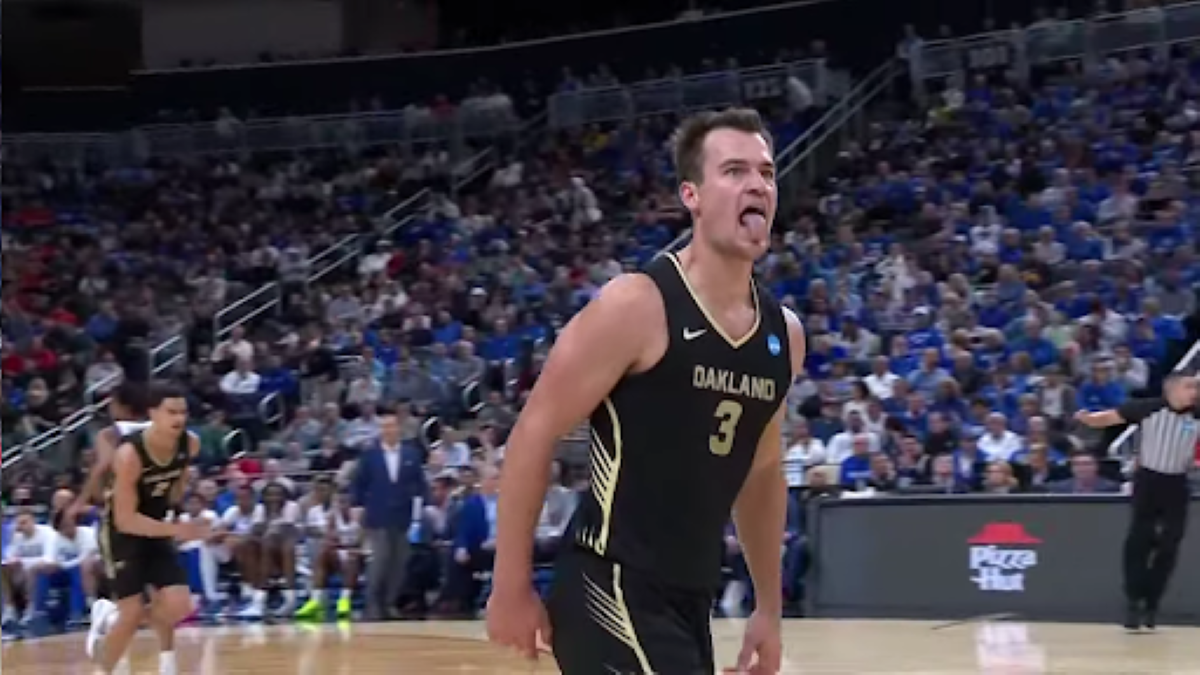Super Bowl XLIX might go down as one of the greatest Super Bowls of all time, thanks in large part to what fans and experts alike are calling the worst play call of all time. With less than 30 seconds left to play and three chances left to make it into the end zone to win the game, Pete Carroll called a pass play instead of giving the ball to running back Marshawn Lynch. And what happened? The pass was intercepted just outside the end zone by Patriots cornerback Malcom Butler, sealing the win for the New England Patriots.
The blowback from that play call was immediate and immense:
That will be the most second-guessed play call in NFL history.
Buster Olney (@Buster_ESPN) February 2, 2015
Fans Blast Coach For 'Worst Play Call In History Of Football'… http://t.co/UhrYmU7qmD
DRUDGE REPORT (@DRUDGE_REPORT) February 2, 2015
But what if it wasn’t really the worst play call in history? What if there’s actually a case to be made that the call made perfect sense? I’m not saying I buy it, but there is a case that Pete Carroll’s play call, while it was obviously wrong in hindsight, may not have been as insane as it appeared. Here are three reasons why Pete Carroll’s play call might have made sense at the time.
1) The matchup was wrong for a Seahawks run play
According to Seahawks coach Pete Carroll, the matchup was all wrong for a run play on 2nd down. The Patriots sent in a goal line defense, while the Seahawks had a three wide receiver setup. As a result, a quick pass play made more sense than a run play:
“We went to three receivers, they sent in their goal-line people. We had plenty of downs and timeouts. We really didn’t want to run against their goal-line group right there. We would have subbed for third or fourth down. We would have used our timeout and would have taken those shots. That’s it. We call the play.
2) The Seahawks didn’t have enough time for three run plays
When Pete Carroll made his call, there were barely 30 seconds left in the game, and the Seahawks had only one timeout. In all likelihood, they just didn’t have time for three run plays in under 30 seconds with only one timeout left. If they needed all three plays to get into the end zone, the Seahawks were going to have to pass the ball on one of them. When you combine that time restraint with the facts that the Seahawks had pass personnel on the field after the 1st down call and that the Patriots had a goal line, run defense on the field, the pass call makes a little more sense.
3) Marshawn Lynch hadn’t performed well from the 1-yard line this season
According to ESPN, Marshawn “Beast Mode” Lynch’s stats from the 1-yard line this season weren’t great.
Marshawn Lynch had 5 previous runs from the 1 this season and had scored only one touchdown. He was given five opportunities to run the ball in for a touchdown from the 1-yard line, but only converted on one of those plays, for a TD conversion rate of only 20 percent.
ESPN Stats & Info (@ESPNStatsInfo) February 2, 2015
Up until the Super Bowl, the Seahawks had run nine plays from their opponent’s 1-yard line. They ran the ball seven times and passed it twice. They scored a touchdown on three of those run plays (a 43% TD conversion rate), and they scored a touchdown on one of the pass plays (a 50% TD conversion rate). From ESPN.com:
Three plays to win it and make Wilson the first quarterback in history to win two Super Bowls in his first three NFL seasons. Three plays to give Wilson his 16th comeback win as the Seattle quarterback and his sixth of the season.
The fairy tale changed to a nightmare on one seemingly senseless play. This was the 10th time this season the Seahawks had a play at their opponents’ 1-yard line. They had rushed the ball on seven of the previous nine such chances. They scored a touchdown on three of the seven runs and one of the two dropbacks. Lynch had five rushes from the 1-yard line this season for minus-1 yard and one touchdown.
This time, they threw it into a crowded middle of the field with everything on the line.
Why did Pete Carroll run a pass play? Throughout the season, the Seahawks performed better with pass plays than run plays from the 1-yard line, and Marshawn Lynch hadn’t performed well that close to the end zone. The Seahawks didn’t have the right matchup for a run play on 2nd down. And given the amount of time left in the game, Seattle didn’t have time to run three run plays in a row. They were going to have to pass it at least once if they needed all three plays to score a touchdown.
In hindsight, the pass play call obviously looks horrible, but those three reasons explain why Pete Carroll might have made that call to pass on 2nd down, and why that play call might not have been completely bonkers.
If anything, it wasn’t a pass play itself that was a bad idea, but that pass play. If you’re worried about the defense jamming the middle with a goal line defense, then why on earth would you call an inside slant? And why would you call it against a defense that would likely jam the receivers right as they came off the line?
A Russell Wilson bootleg, a short out route, or a quick slant to the outside (any of which could have been combined with play-action) might have made a lot more sense if you were set on doing a pass play. Sure, a pass call itself actually does make a lot of sense, but the particular play that Pete Carroll called was incredibly risky, and the Seahawks paid the price.









